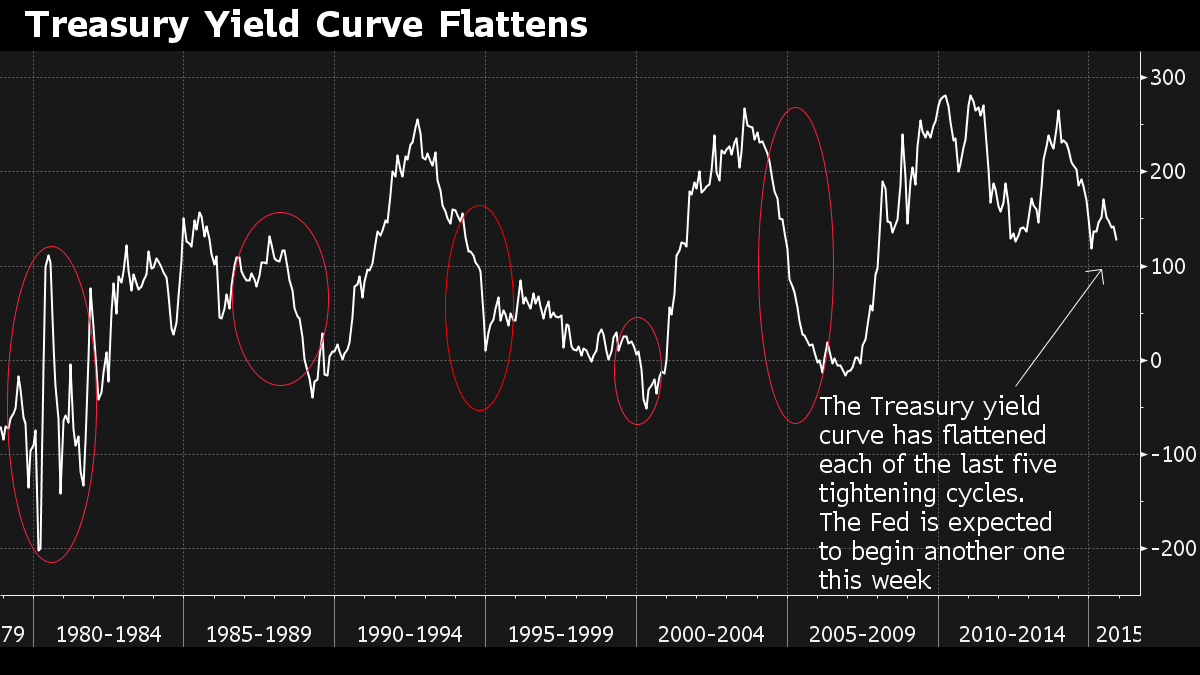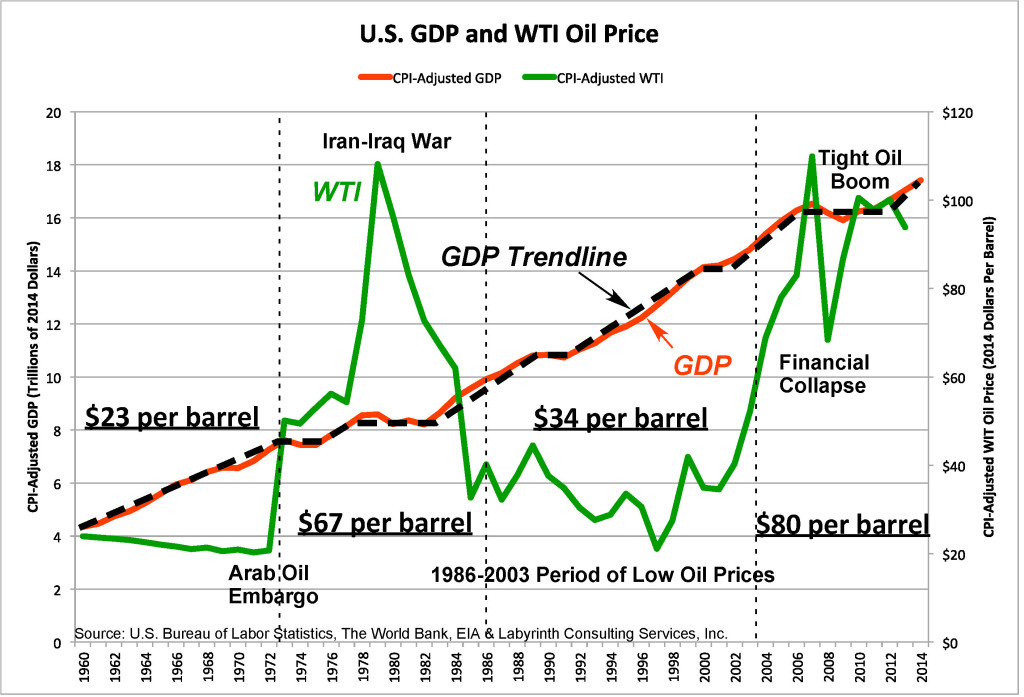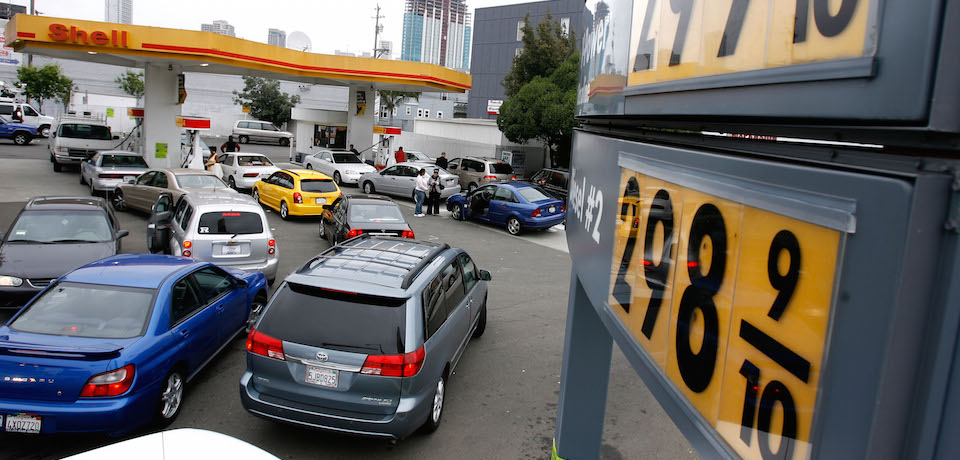Can Oil Remain Above a $40 a Barrel Floor?
(Barrons) A Lombard Street economist writes that a decline below this level is more likely than a sustained rally.
(Barrons) A Lombard Street economist writes that a decline below this level is more likely than a sustained rally.
(Inside Higher Ed) The impending collapse of civilization should, as Samuel Johnson said about being hanged in a fortnight, wonderfully concentrate the mind. For most of the interview subjects whose responses Matthew Schneider-Mayerson analyzes in a recent book, that collapse is inevitable, if not already underway.
(ArtBerman.com) Only 1% of the Bakken Play area is commercial at current oil prices. 4% of horizontal wells drilled since 2000 meet the EUR (estimated ultimate recovery) threshold needed to break even at current oil prices, drilling and completion, and operating costs.
The leading producing companies evaluated in this study are losing $11 to $38 on each barrel of oil that they produce, the very definition of waste.
(bakkenshale.com) More energy companies are exiting the Bakken Shale Play as they struggle to adapt to the prolonged low oil prices.
(FORBES) As an investor in start-up companies, I am always working to test my assumptions and update my understanding of where the energy sector is now, and the direction it is moving in towards the future. Some key questions for this dynamic year: Is the current oil crisis the marking of a step change towards a cleaner energy industry or merely history repeating itself? While today’s oil price at $45-50 per barrel is probably too low to be considered the new normal, what should we expect moving forward?

(Bloomberg) Goldman Sachs Group Inc. went short oil and gas companies last quarter, bringing its total exposure to the industry below $12 billion for the first time since it started breaking out that risk to investors at the end of last year.
(Reuters) PBF Energy Inc, one of the largest independent oil refiners in the United States, spent heavily in recent years to build the rail terminals at its Delaware City complex that it needed to take delivery of large loads of crude coming from North Dakota’s Bakken oil fields.
But now it is considering eliminating those deliveries altogether, and replacing them with foreign crude imports, according to two sources familiar with the situation. It has even closed its small Oklahoma City office that was only opened in 2013 and had served as a hub for the company’s trading in North Dakota’s oil, the sources said.
(Platts) Platts Energy Economist Managing Editor Ross McCracken takes a look at OPEC’s spare crude production capacity. Much has been made recently of the US’ new spare capacity, but OPEC’s role has also shifted, as he explains.
OPEC’s spare production capacity is estimated by the US Energy Information Administration at 1.54 million b/d, a mere 180,000 b/d above the level reached in 2008 when oil prices hit their record high. But don’t panic! Oil inventories are at very high levels. The International Energy Agency puts global oil stocks at 147 million barrels, which it notes could notionally deliver 1.6 million b/d for just over 90 days in the event of a major supply disruption.
“”The industry is under so much pressure that you need to have a clear plan. You need to balance capital expenditure against production. Our capex in 2015 will be around 30 percent lower than in 2014.”
BG Group CEO Helge Lund [Q: how will that impact production in 3-5 years?]
It was a volatile week with oil prices falling on Monday and Tuesday, surging 6 percent on Wednesday and then stabilizing on Thursday and Friday. When it was over, prices were up for the week about 4.5 percent to $46.59 in New York and 3.3 percent to $49.56 in London. Crude prices have been more volatile this year than anytime since the 2008 crisis. Some of the large percentage moves we are seeing, however, are due to the relatively low prices as compared to recent years. The move on Thursday was generally assessed as being caused by computer trading signals coupled with a slightly bullish weekly stocks report. The report showed decreases in oil product stocks and crude in storage at Cushing, Okla. while overall US crude inventories continued to climb. On Friday another drop in the US oil-rig count was reported which led to a small price jump at the end of the day.
(Washington Post) Royal Dutch Shell reported weak third quarter earnings Thursday morning, hobbled by a triple whammy of low oil prices and losses related to suspended projects in the Arctic and Canadian tar sands. The company lost $6.1 billion overall in the quarter, compared with a gain of $5.3 billion a year earlier.
View full article here: www.washingtonpost.com
“We are witnessing the total collapse of Venezuela’s economy. A contraction of these proportions might be a unique case in the last 50 years in the world. This never happens. Even Iraq’s GDP didn’t fall proportionately during the war.”
Alexander Guerrero, economist and head of the firm Techno-Economic.
Oil prices continued to slide last week due to increasing inventories and a weakening Chinese economy. Prices have now fallen about $6 a barrel from the recent highs seen in late August and again in mid-October. New York futures closed Friday at $44.60 and London at $47.99 which is about at the bottom of the trading range we have seen since early September. Prices, however, are still some $4 – $5 a barrel higher than the lows of circa $40 and $44 a barrel set in mid-August.
(Bloomberg) Saudi Arabia may run out of financial assets needed to support spending within five years if the government maintains current policies, the International Monetary Fund said, underscoring the need of measures to shore up public finances amid the drop in oil prices.
View full article here: www.bloomberg.com

(ArtBerman.com) The problem with oil prices is that they are not low enough.
Current oil prices are simply not low enough to stop over-production. Unless external investment capital is curtailed and producers learn to live within cash flow, a production surplus and low oil prices will persist for years.
“Who is the top forecaster in the oil market? The surprising answer is that nobody knows because the accuracy of predictions is never properly tracked and measured after they are made…Weather forecasts have improved enormously over the last 50 years because they have been subjected to rigorous analysis. It is far less obvious that forecasts for oil prices and other financial markets have become any better. If we demand accuracy and accountability from weather forecasters and intelligence specialists, shouldn’t we do the same from oil market forecasters?”
John Kemp, energy columnist for Reuters
Oil prices fell on Monday and Tuesday in reaction to the previous week’s surge and then stabilized around $47 in New York and $50 in London – down about 5 percent for the week. This is about $2 a barrel above the trading range that has obtained since early September. The downside was supported by a 7.6-million-barrel increase in US stocks and more bad news about the US and Chinese economies. The upside was helped by the 8th consecutive drop in the US rig count, a drawdown in US oil product stocks, a 76,000 b/d drop in US production, and speculation that Russia might join other exporters in orchestrating supply cuts. The overriding fundamental is that US crude stocks remain at an 80 year high of 468 million barrels – some 26 percent above last year’s levels and 22 percent above the five-year average.
(Resource Insights) We all know Goldilocks from the story of Goldilocks and the Three Bears in which the young maiden wanders into the home of the bears and samples some porridge that happens to be sitting on the dinner table. The first bowl is too hot, the second is too cold and the third is just right.
Like a corporate version of Goldilocks, the oil industry has been wandering into the world marketplace in recent years often finding an oil price that is either too high such as in 2008 and therefore puts the brakes on economic growth undermining demand and ultimately crashing the price as it did in 2009. Or it finds the price too low as it is today therefore making it impossible to earn profits necessary for exploiting the high-cost oil that remains to be extracted from the Earth’s crust.
“China was always seen as the kind of wonder market that was going to grow and need so much LNG that people got somewhat carried away.” Chinese LNG imports are down 3.5% this year, compared with a 10% rise in 2014.
Howard Rogers with the Oxford Institute for Energy Studies and a former gas executive at BP
Oil prices surged last week with NY futures trading above $50 a barrel for the first time since July before settling on Friday to close at $49.63, the biggest weekly rise in six years. London oil futures closed Friday at $52.65, up 9.4 percent for the week. The move was prompted by the falling US rig count which has many traders convinced that US production will fall much further; a weaker US dollar prompted by a lack of Federal Reserve movement to increase interest rates; and stepped up Russian involvement in the Middle East which is likely to prolong turmoil in the region. There continues to be disagreement among analysts as to whether last week’s move will send oil prices to higher trading ranges, or is simply a repeat of last August when prices surged $10 a barrel only to fall off in a week or so. While the US rig count continued to drop last week most other indicators suggest the markets will be weaker in the immediate future so that the week’s surge was simply a case of “hot money” chasing headlines. US crude and gasoline stocks continued to grow the week before last, and Goldman Sachs remains adamant that this oil rally is not going to last.

(Foreign Policy) The U.S. House of Representatives is expected to vote on Friday to do something that would have been unthinkable only a few years ago: lift the restrictions on exporting domestically produced crude oil that have been on the books since the 1970s. It’s a topic that is definitely heating up in Washington: During a Senate hearing Tuesday on energy security, in which I testified about the importance of ensuring that the 40-year-old Strategic Petroleum Reserve can continue to be effective in an emergency, the questioning was overwhelmed by senators asking U.S. Energy Secretary Ernest Moniz to lift the restriction. The move, which many U.S. oil producers cheer, comes at a bleak moment for them.
(EconBrowser) Could the price of oil be a value such that the current quantity produced exceeds the current quantity consumed? The answer is yes, and indeed that has been the case for much of the past year.
(Washington Post) It may be the most important number on Earth: 1,000 gigatons. That’s roughly how much carbon dioxide humanity has left to emit, scientists say, in order to have a two-thirds chance of keeping global warming below 2 degrees Celsius above the temperature in pre-industrial times — and thus, staying within what has often been deemed a “safe” climate threshold.
(UPI) Weak economics in the energy sector may lead to a general decline in total U.S. crude oil production, a short-term federal market report finds.
View full article here: www.upi.com
“We went through that four-month window where [natural gas prices] just went sideways and they didn’t stop pumping that whole time. This could be one of those ugly seasons for futures.”
Dean Hazelcorn, trader at the Coquest Inc. brokerage in Dallas.